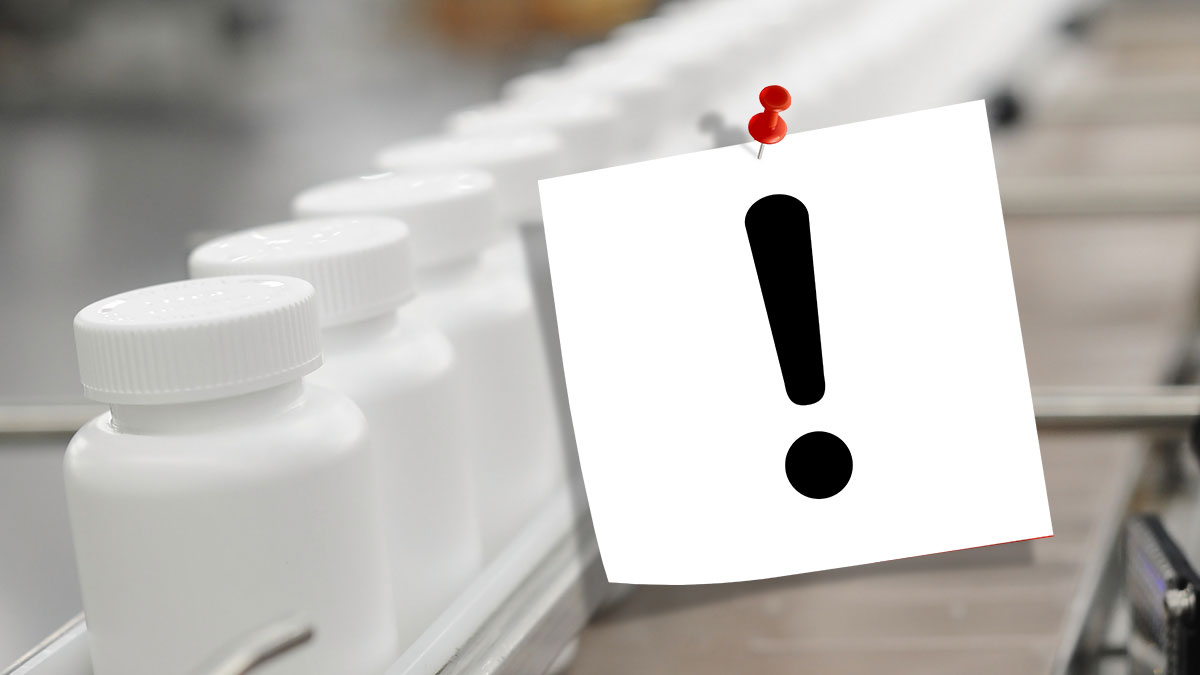How to Avoid Warning Letters with GMP Quality Compliance
Prescription and over-the-counter medicines need to meet the expectations of the public, which requires that they’re safe, effective, and transparent about any possible risks. To do this, there have to be standards and regulations in place that guarantee pharmaceutical quality. That’s where Good Manufacturing Practices (GMPs) and Current Good Manufacturing Practices (cGMPs) come into play.
In the United States, the Food and Drug Administration (FDA) enforces these standards, while the United Kingdom has the Medicines and Healthcare products Regulatory Agency (MHRA), and other countries worldwide follow standards established by the World Health Organization (WHO). Regardless of the organization tasked with putting these regulations in place, there’s a shared objective: support the proper design, monitoring, and control of manufacturing facilities.
When it comes to enforcing GMP standards under the oversight of the FDA, auditors are tasked with inspecting both the manufacturing facilities and their processes. An audit typically includes the following:
- A review of a company’s quality systems and documentation to ensure compliance.
- An analysis of data integrity processes.
- An investigation of laboratory instrumentation and the manufacturing equipment to determine that they meet compliance.
- An auditor’s request for evidence that employees are trained in GMPs.
These standards are beneficial for the public and pharmaceutical companies alike, as GMPs work as a powerful tool to protect health across the globe. The standards promote safe practices in the entire manufacturing process that protect consumers and provide reassurance on the safety and effectiveness of medications.
Challenges with GMP
The pharmaceutical industry is understandably one of the world’s most regulated markets. However, this leads to an increasing challenge to meet – or even fully grasp – all of the complex processes set by the cGMPs. Auditors require more and more documentation to prove that the proper methods are in place to ensure compliance. The consequences for failing to meet these standards can vary, but in severe cases, the U.S. Department of Justice has become involved.
To avoid these pitfalls, manufacturers need to be prepared. This involves having proper control levers in place, like Quality Assurance (QA) and Quality Control (QC) functions.
To avoid compromising the safety of their drug and jeopardizing the reputation of their organization, manufacturers need to identify compliance across the board. When GMP standards aren’t followed, the FDA can issue Form 483 observations. After review, if an organization has corrected the observations, manufacturing operations can resume. If not, they will be issued an FDA Warning Letter. Some of the potential consequences of this are a damaged reputation, impacticing stock price and the trust of your consumers. Your drug could potentially be pulled from the market.
Meeting compliance is essential for the success of manufacturers, as well as the long-term success of their medications and trust with the public. Working with a knowledgeable partner and ensuring that your entire company embraces the proper processes are just some of the ways to ensure pharmaceutical quality.
For more on GMP compliance, read “The Good, the Bad and the Ugly” white paper here.

